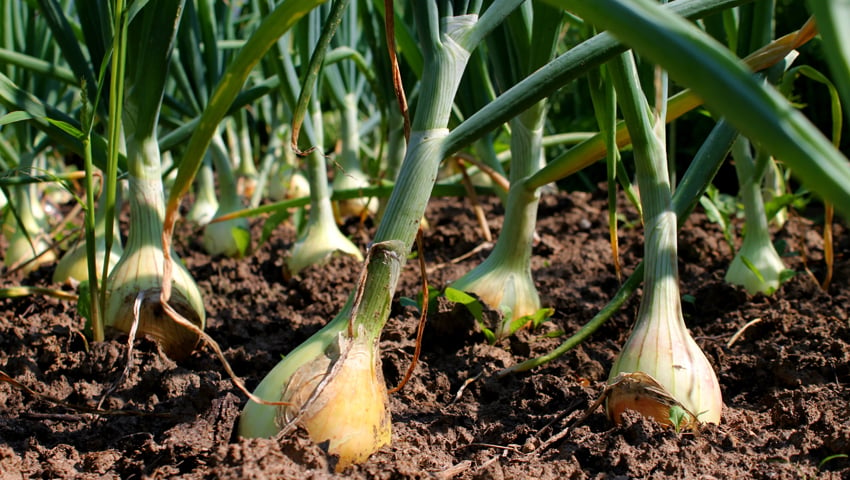Data from the 1940s is being used to classify and protect England’s most valuable and productive farmland, potentially undermining the UK’s ability to grow its own food, reveals a new report commissioned by CPRE, the countryside charity.
The Agricultural Land Classification (ALC) system determines potential farmland productivity using rainfall data from 1941-1970 and temperature measurements from 1961-1980.
The new report shows the current ALC system substantially overestimates land productivity. Much less land likely qualifies as Best and Most Versatile (BMV) for food production.
The situation is critical for lowland peat soils. These soils produce around 40 per cent of UK-grown vegetables. Climate change could destroy these vital soils within decades. This raises serious questions about their current ALC grades.
These findings follow the loss of 14,000 hectares of prime agricultural land to development since 2010.
Unreliable in current form
The government recently launched a long-awaited consultation on a strategic land use framework for England. While the ALC should form a core part of these deliberations, in its current form it cannot reliably inform the critical decisions that stakeholders need to make about competing land uses.
Climate change is already drastically reducing the amount of land suitable for food production, with 60 per cent of England’s highest-grade farmland now at high risk of flooding. Meanwhile, land is under increasing pressure for housing, renewable energy infrastructure and nature restoration.
Without an updated ALC system incorporating accurate assessments of agricultural land quality, there is a real risk that policymakers will make decisions about land use that compromise the nation’s ability to produce its own food.
CPRE is calling on the government to take urgent action to better understand and protect England’s highest-quality farmland.
The government should:
- Update the ALC using up-to-date climate data
- Re-survey lowland peatlands, which are highly productive but particularly vulnerable to degradation
- Strengthen planning system protections for BMV land
- Incorporate the updated ALC into the broader Land Use Framework
Roger Mortlock, chief executive of CPRE, said, “The government is making crucial decisions using data from when Winston Churchill was Prime Minister.
“The new land use framework is an opportunity to make the best possible use of our finite land and balance competing demands from food production, nature recovery, clean energy and housing. If that’s going to work, a long overdue rethink of Agricultural Land Classification is needed.
“Done well, the new framework could help us build new homes and infrastructure in the most suitable and strategic locations, support nature’s recovery and help to tackle the climate crisis – all while ensuring our most important farmland is able to put food on people’s plates.”
Read the report, Land use and the Agricultural Land Classification
